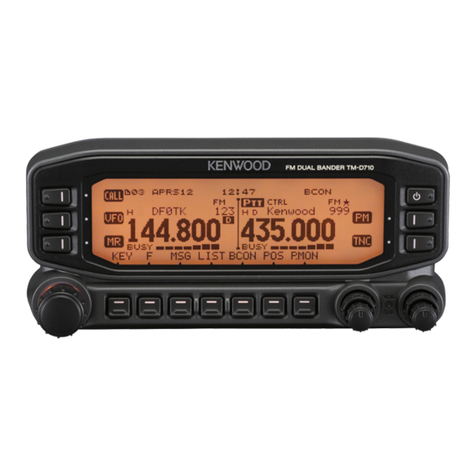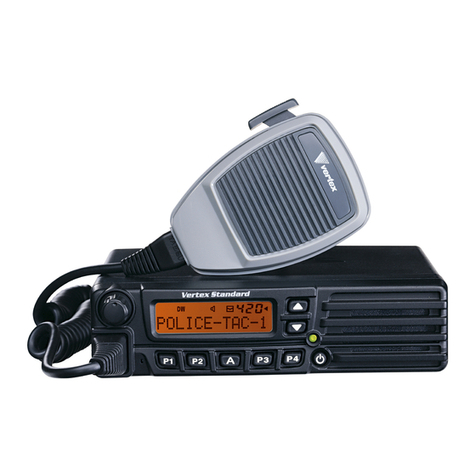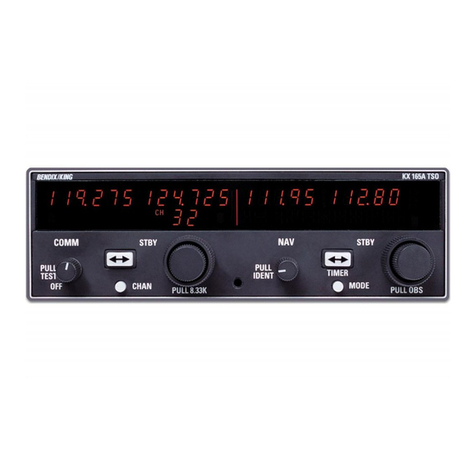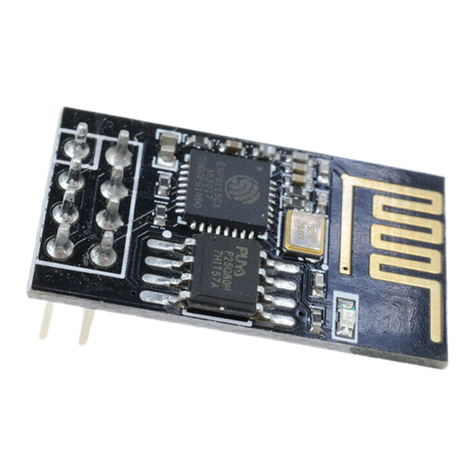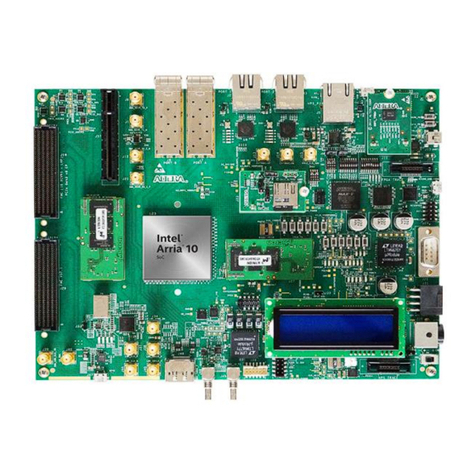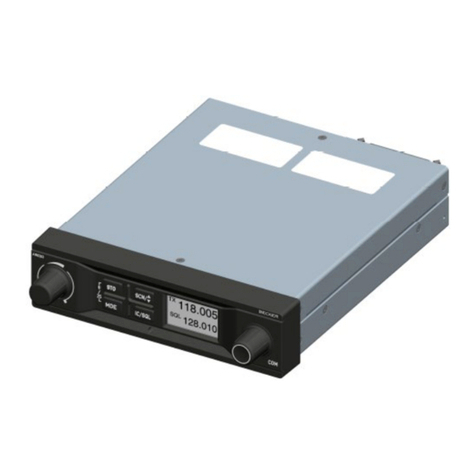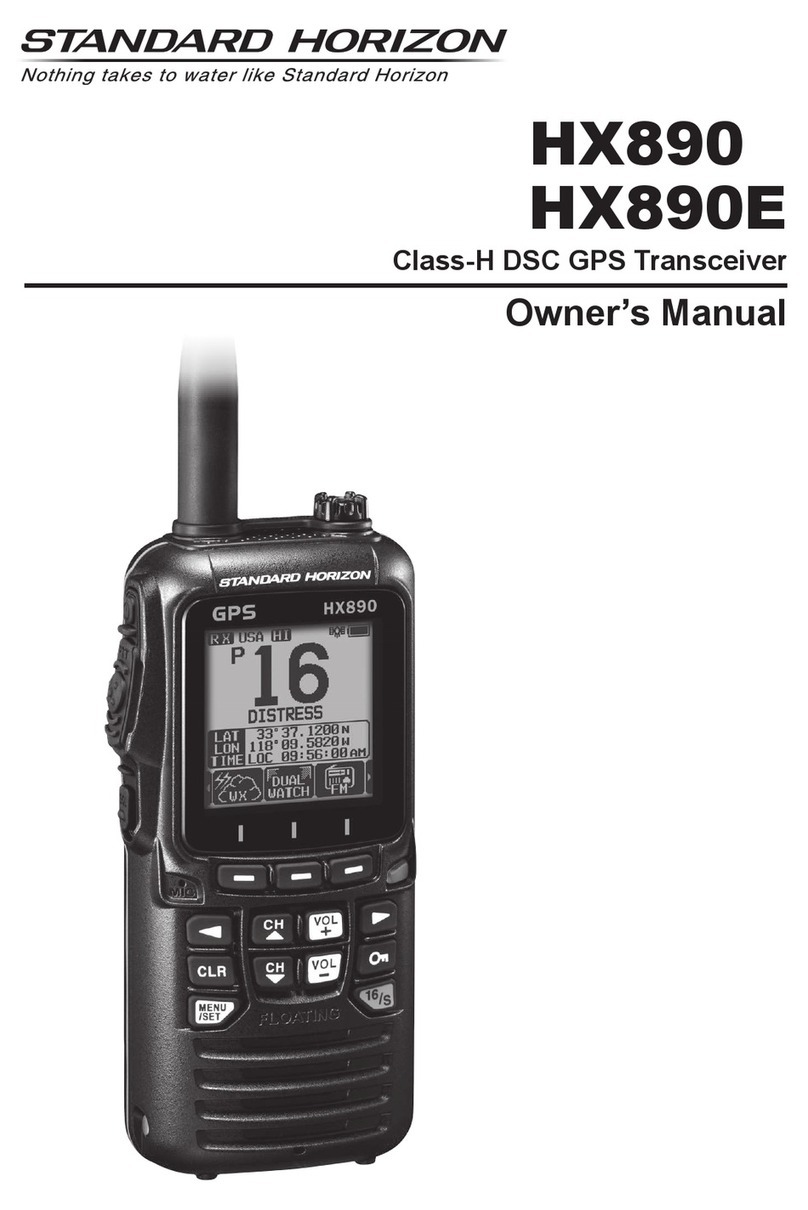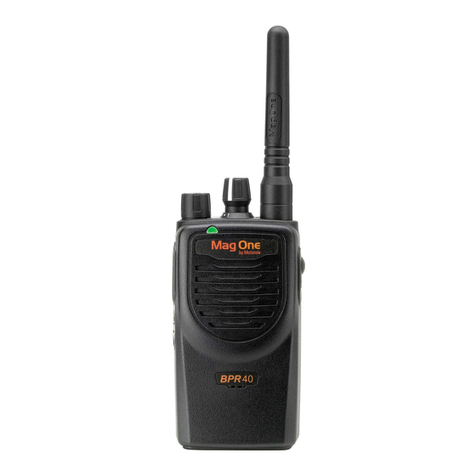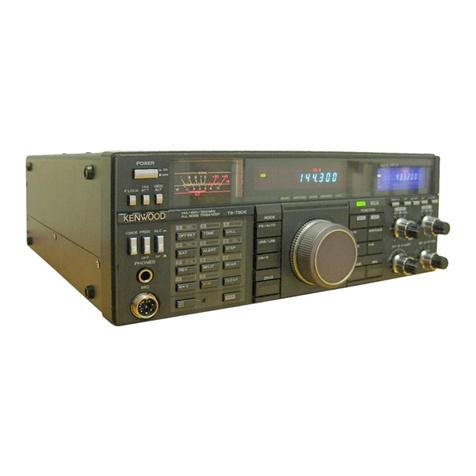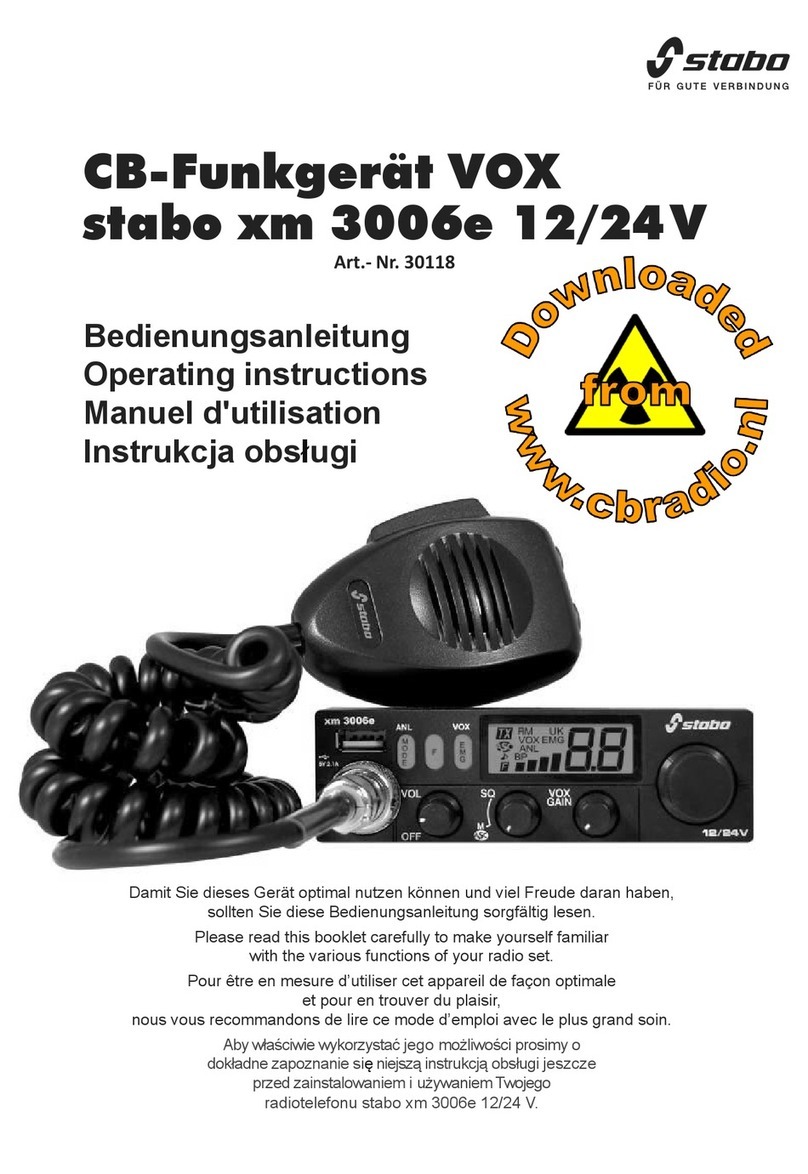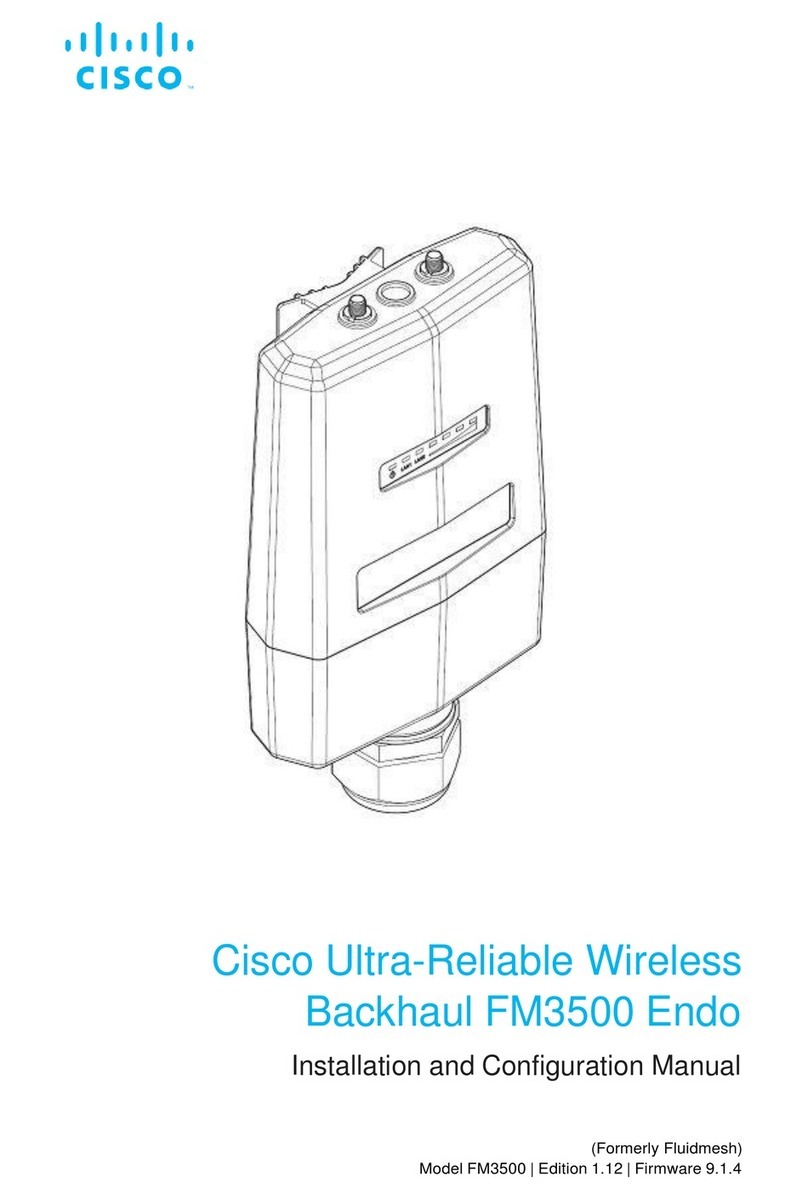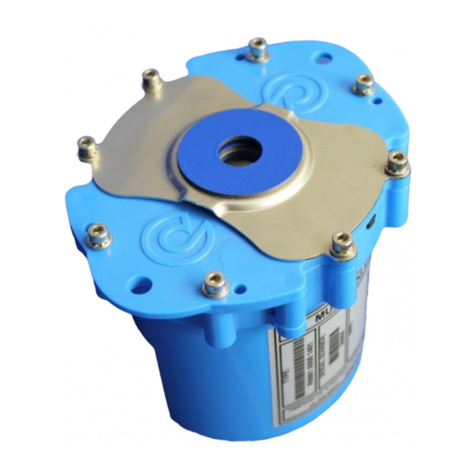
Quick Reference
This quick reference page is an introduction to proper use of
the Tracker DTS. For more detailed information, read the entire
manual and consult our website: www.backcountryaccess.com.
Basic functions
On/off -- Push and turn the on/off switch on the back of the
Tracker to the "on" position. It turns on all LEDs, displays
battery power in percent, and enters transmit mode. Change
batteries well before they reach zero percent.
Search mode -- Push the red search/transmit button, hold
until "SE" is displayed, then quickly release.
Return to transmit -- Press the search/transmit button until
"tr" is displayed.
Searching with the Tracker DTS
The objective is to find the strongest signal (lowest distance
reading) and immediately begin probing the area.
In the event of a burial, switch your Tracker (and all other
beacons) to search mode. "SE" will flash in the distance
window until a signal is captured.
Primary/signal search: If there is a "last seen point," start
your signal search there, and search downhill. Otherwise,
start your signal search at the top of the slide path. Allow
a maximum of 20 meters between searchers or between
switchbacks if only one searcher. Slowly rotate your Tracker
back and forth and vertically until you engage the signal.
Secondary search: Once a signal is engaged, align the
Tracker so that any of the center three lights are flashing and
move quickly in the direction the Tracker is pointing. Your
direction of travel might be straight or slightly curved. Make
sure the number in the distance display is decreasing. If it is
increasing, turn 180 degrees. Inside ten meters, move slowly
and try to keep the center search light engaged.
Pinpoint search: Within three meters, use your beacon
close to the snow surface and look for the smallest distance
reading. Ignore sudden fluctuations in distance and direction;
the strongest signal is often just past these fluctuation points.
Begin probing at the smallest reading (strongest signal).
Quick Reference
Objective: Locate signal
•If no "last seen point," search entire path
•Rotate Tracker horizontally/vertically
•Max 20m between searchers or switchbacks
Objective:
Locate smallest distance reading
(strongest signal)
•Use Tracker close to snow surface
•Ignore fluctuations in distance and direction
•Begin probing at lowest distance
•Use Tracker in hole during deep excavations
Objective: Move quickly to 10m,
slowly to 3m
•Keep flashing light within center 3 windows
•Move quickly in direction Tracker is pointing
•Make sure distance is decreasing
•Slow down at 10m
PRIMARY
SEARCH
>40m
PINPOINT
SEARCH
< 3m
SECONDARY
SEARCH
3–40m
Multiple Burials
Complex multiple burials are quite rare in recreational
settings and usually can be treated as a series of single
burials.
Probing
At your lowest distance reading, probe in concentric circles,
with each probe hole about 10 inches (25 cm) apart. Your
probe should enter the snow perpendicular to the slope. Once
you have confirmed the victim’s location, leave the probe in
the snow.
Shoveling
Shoveling is difficult and exhausting and consumes the
majority of time during an avalanche rescue. Do not take
shoveling skills for granted. For best results, start shoveling
just downhill of the probe. Make your hole at least one
“wingspan” wide and excavate downhill about 1.5 times the
burial depth (this can be determined by noting the depth
marking on the probe).
